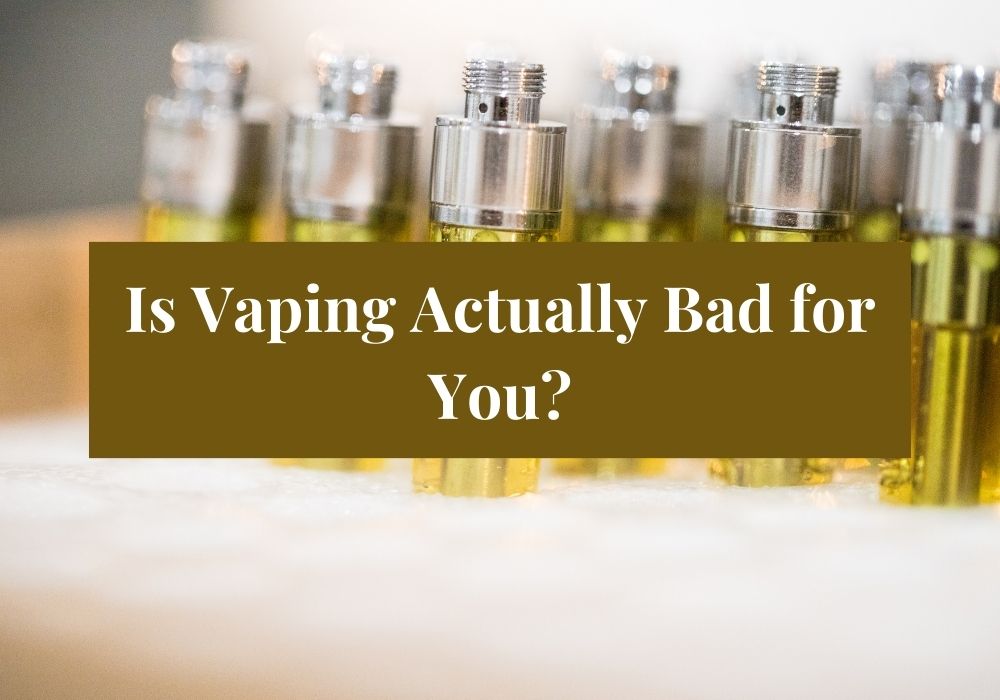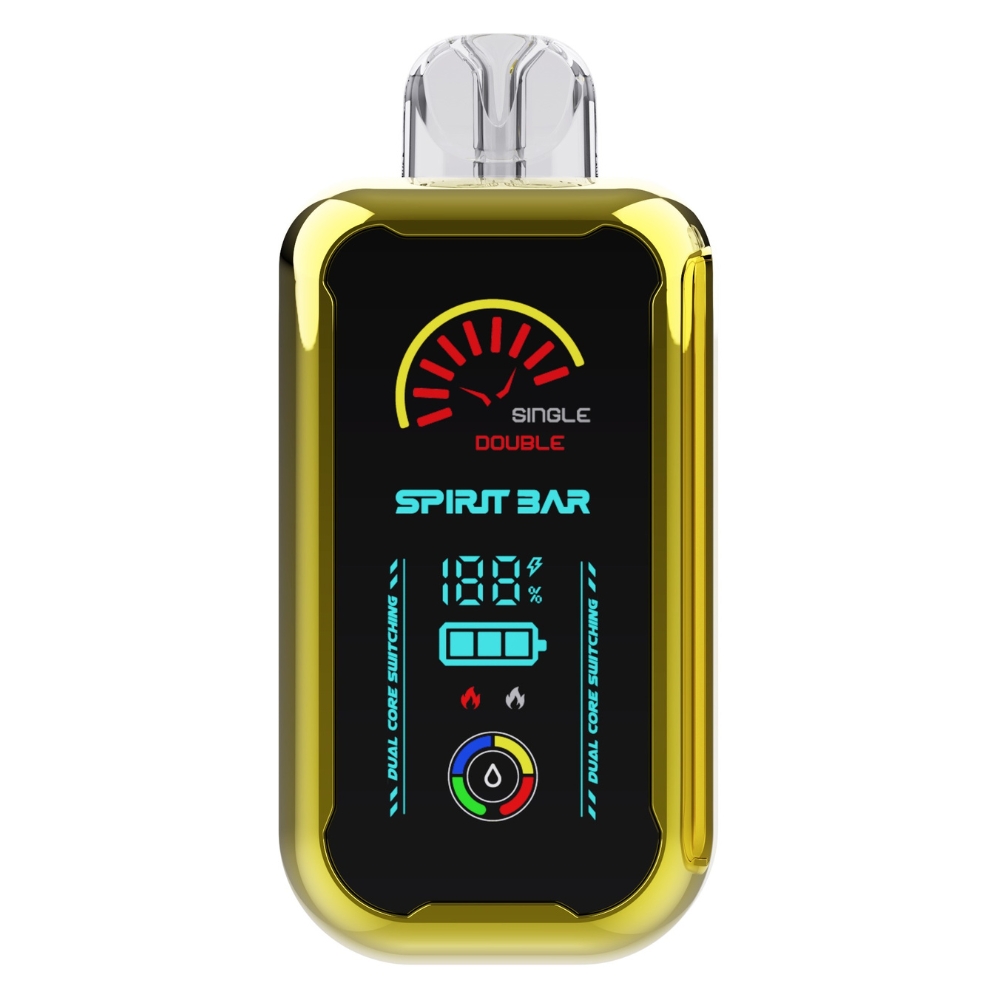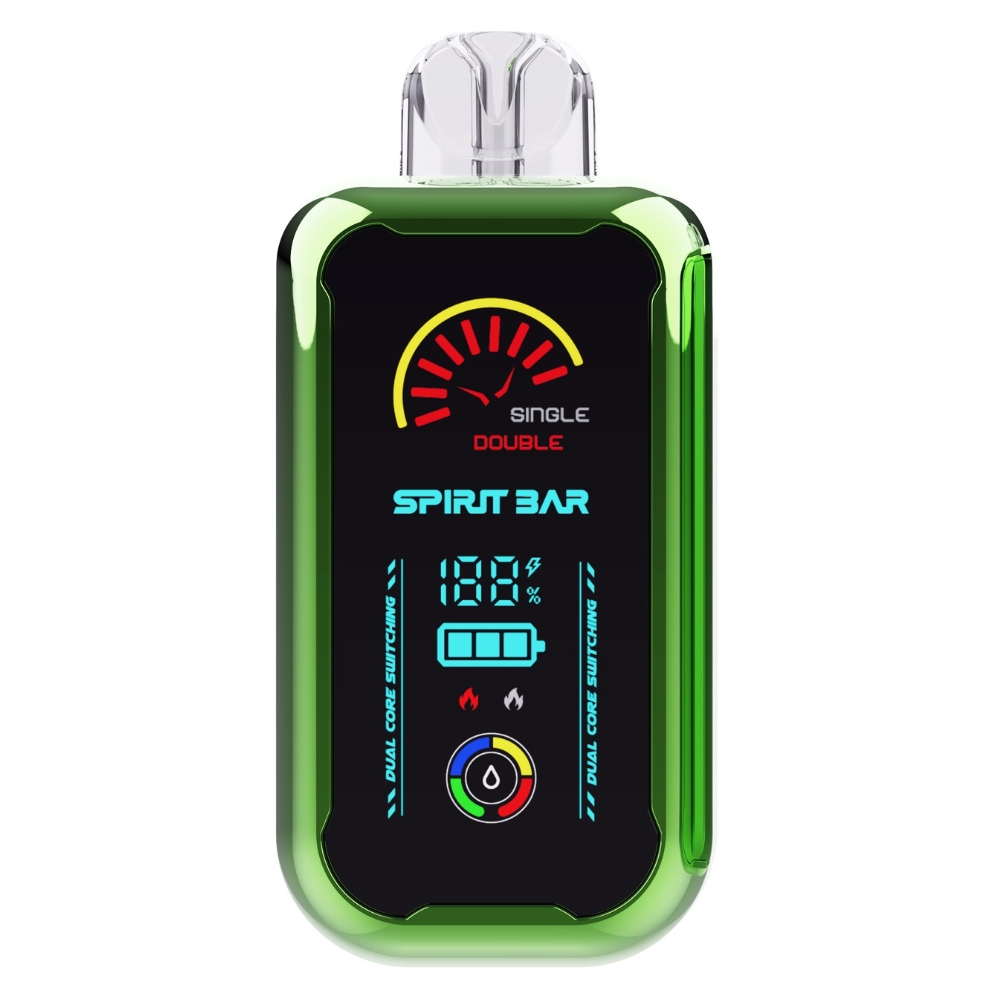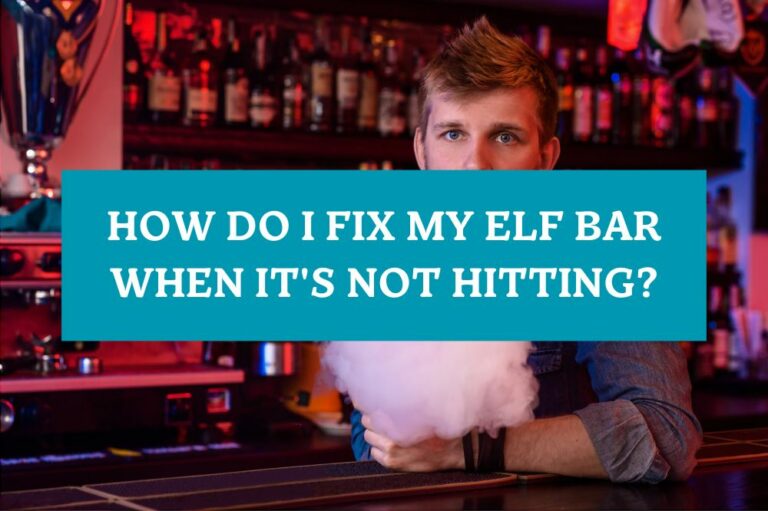Is Vaping Actually Bad for You?

Are you curious about whether vaping is actually bad for you? With so much conflicting information out there, it can be difficult to know what to believe. Vaping has become increasingly popular in recent years, with many people switching from traditional cigarettes to e-cigarettes. While some people believe that vaping is a safer alternative to smoking, others argue that it is just as harmful, if not more so.
One thing is clear: vaping is not without risks. According to Johns Hopkins Medicine, e-cigarettes heat nicotine, flavorings, and other chemicals to create an aerosol that you inhale. While vaping is less harmful than smoking traditional cigarettes, it is still not safe. Regular tobacco cigarettes contain 7,000 chemicals, many of which are toxic. While e-cigarettes may contain fewer chemicals, they still contain harmful substances that can damage your health.
So, is vaping actually bad for you? While the answer isn’t clear-cut, it’s important to understand the risks associated with vaping. In the following sections, we’ll explore the potential dangers of vaping, as well as the benefits of quitting smoking altogether. By the end of this article, you’ll have a better understanding of whether vaping is right for you.
Understanding Vaping
What is Vaping?
Vaping is the act of inhaling and exhaling vapor produced by an electronic cigarette or similar device. The vapor is created by heating a liquid, often called e-juice or vape juice, which typically contains nicotine, flavorings, and other chemicals. Unlike traditional cigarettes, vaping does not involve burning tobacco, which is why it is often considered a less harmful alternative to smoking.
Vaping Devices
There are many different types of vaping devices, but they all work in a similar way. A battery-powered heating element, called an atomizer, heats the e-juice and turns it into vapor. The vapor is then inhaled through a mouthpiece. Some devices are disposable, while others are refillable and can be used multiple times.
It’s important to note that not all vaping devices are created equal. Some devices are more powerful than others, which can affect the amount of vapor produced and the amount of nicotine and other chemicals inhaled. Additionally, some devices are designed for use with specific types of e-juice, so it’s important to choose the right device for your needs.
Overall, while vaping is generally considered to be less harmful than smoking traditional cigarettes, it still poses some health risks. It’s important to understand the potential risks and benefits before deciding whether vaping is right for you.
Health Risks of Vaping
Vaping is often marketed as a safer alternative to smoking, but it still carries health risks. Here are some of the potential health problems associated with vaping.
Lung Diseases
Vaping can cause lung damage and respiratory problems. The aerosol produced by e-cigarettes can contain harmful chemicals and particles that can irritate the lungs and cause inflammation. This can lead to a variety of lung diseases, including:
- Chronic bronchitis
- Emphysema
- Asthma
- Popcorn lung (a condition caused by inhaling diacetyl, a chemical used to flavor e-cigarettes)
Heart Problems
Vaping can also increase your risk of heart problems. Nicotine, a key ingredient in many e-cigarettes, can cause your blood vessels to narrow, which can lead to high blood pressure and an increased risk of heart attack and stroke. In addition, the chemicals in e-cigarette aerosol can cause inflammation and damage to the lining of your blood vessels, which can also increase your risk of heart disease.
Nicotine Addiction
One of the biggest risks associated with vaping is nicotine addiction. Nicotine is highly addictive, and many e-cigarettes contain high levels of nicotine. This can make it difficult to quit vaping, and can lead to a range of health problems, including:
- Increased heart rate and blood pressure
- Reduced lung function
- Increased risk of respiratory infections
- Nicotine poisoning (which can be fatal in extreme cases)
Overall, while vaping may be less harmful than smoking, it still carries a range of health risks. If you’re considering vaping, it’s important to understand these risks and make an informed decision about whether or not it’s the right choice for you.
Vaping Vs Smoking
When it comes to smoking and vaping, there are some key differences between the two. While both involve inhaling nicotine, there are some important distinctions to be aware of.
Chemicals
One of the biggest differences between smoking and vaping is the number of chemicals involved. Traditional cigarettes contain over 7,000 chemicals, many of which are toxic and can cause cancer. Vaping, on the other hand, typically involves fewer chemicals. However, it’s important to note that vaping still involves inhaling chemicals and can be harmful to your health.
Nicotine
Another key difference between smoking and vaping is the amount of nicotine involved. Traditional cigarettes contain varying amounts of nicotine, while e-cigarettes typically contain a set amount. This can make it easier to control your nicotine intake if you’re trying to quit smoking.
Health Risks
While vaping is often touted as a safer alternative to smoking, it’s important to note that it still carries health risks. Vaping can cause lung damage, respiratory issues, and other health problems. Additionally, some e-cigarette liquids contain harmful chemicals like diacetyl, which can cause a serious lung condition called popcorn lung.
Conclusion
When it comes to smoking vs vaping, there’s no clear winner. While vaping may be less harmful than smoking, it still carries health risks and should be approached with caution. If you’re trying to quit smoking, it’s important to talk to your doctor about the best options for you.
Youth and Vaping
Vaping Trends Among Youth
According to a recent study, the use of e-cigarettes, also known as vaping, among teenagers is on the rise. The study shows that nearly a third of high school seniors have used a vaping device or e-cigarette in the last year, and 1 in 6 have vaped in the last month, indicating regular use. The trend reaches younger kids too, with one in 15 eighth-graders reporting vaping in the last month.
The campaign group Action on Smoking and Health (ASH) reports that the proportion of 11 to 17-year-olds who said they have tried vaping has jumped from 13.9% in 2020 to 15.8% in 2022 and then 20.5% in 2023. The rise in vaping among young people is a cause for concern, as it can lead to nicotine addiction and other health problems.
Health Impact on Youth
Nicotine is highly addictive and can harm adolescent brain development, which continues into the early to mid-20s. The Centers for Disease Control and Prevention (CDC) warns that e-cigarettes can contain other harmful substances besides nicotine that can harm young people’s health. Studies have shown that youth who use e-cigarettes may be more likely to smoke cigarettes in the future, leading to further health risks.
Regular use of e-cigarettes can cause respiratory problems, including coughing, wheezing, and shortness of breath. Vaping also increases the risk of lung infections and can worsen asthma and other lung conditions. Additionally, a recent study shows that 60.4% of teenage students who use e-cigarettes on a regular basis have reported symptoms of depression, compared to 29.1% of those who have never used e-cigarettes.
Parents and guardians should be aware of the risks associated with vaping and talk to their children about the dangers of e-cigarettes. It’s essential to educate young people about the harmful effects of vaping and encourage them to reject vaping. Resources are available to help students reject vaping, and parents can play an active role in supporting their children to make healthy choices.
Regulation and Public Perception
FDA Regulations
The FDA has been regulating e-cigarettes since 2016. They have issued over 8,000 warning letters to retailers who have violated the law by selling e-cigarettes to minors or making unauthorized health claims about their products. The FDA has also required e-cigarette manufacturers to submit their products for review and approval before they can be sold in the United States. This process aims to ensure that e-cigarettes are safe and effective for their intended use.
Public Opinion
Public opinion on vaping is divided. Some people believe that vaping is a safer alternative to smoking and can help smokers quit. Others are concerned about the potential health risks of vaping and worry that it could lead to a new generation of nicotine addicts. The truth is that the long-term health effects of vaping are still unknown, and more research is needed to fully understand the risks.
Despite the lack of conclusive evidence, many cities and states have passed laws regulating the sale and use of e-cigarettes. Some have banned flavored e-cigarettes, while others have raised the minimum age for purchasing tobacco and nicotine products to 21. These regulations aim to protect public health by reducing the appeal of e-cigarettes to young people and limiting their access to these products.
Overall, while regulation of e-cigarettes is important, it is also important to educate the public about the potential risks and benefits of vaping. By doing so, we can help people make informed decisions about their health and well-being.








